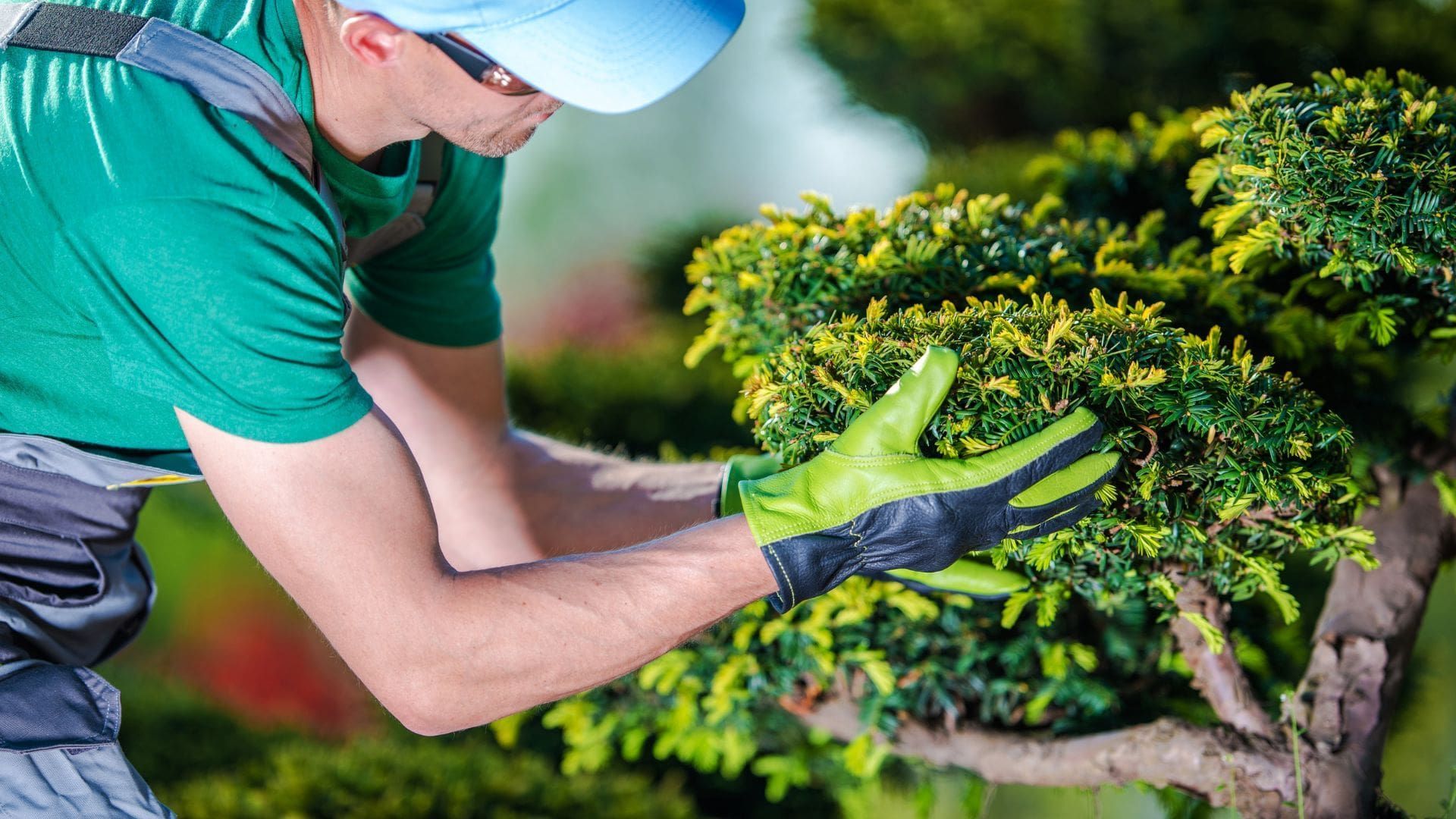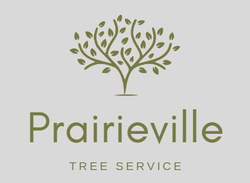An In-Depth Guide to Seasonal Tree Care: Best Practices for Maintaining the Health and Vitality of Trees Throughout the Year, Including Pruning Techniques, Pest Management, and Fertilization Schedules

As we navigate the intricate web of seasonal tree care, akin to tending to a well-crafted masterpiece, the intricacies of pruning techniques, pest management, and fertilization schedules play a crucial role in nurturing the vitality of our arboreal companions. Each season presents unique challenges and opportunities to bolster the health of trees, from the rejuvenating pruning rituals of spring to the protective measures against winter’s icy grip. By exploring the nuanced strategies and expert tips encompassed within this guide, a wealth of knowledge awaits to enrich our stewardship of these majestic living organisms.
Key Takeaways
- Prune dead branches in spring for new growth and health.
- Implement effective pest control strategies for tree protection.
- Follow essential fertilization schedules based on tree needs.
- Address seasonal care like mulching and regular watering.
- Monitor tree health, adjust care as needed for vitality.
Pruning Techniques for Healthy Growth
When pruning trees for healthy growth, we typically aim to remove dead or diseased branches to promote overall health and structural integrity. In Prairieville, LA, proper tree care through pruning is essential for maintaining the vitality of your trees. It’s important to prune trees at the right time of year, making sure that they heal properly and are less susceptible to diseases and pests.
One key technique in tree pruning is to make clean cuts just outside the branch collar, which is the swollen area where the branch attaches to the trunk. This promotes faster healing and reduces the risk of decay setting in. Additionally, thinning out overcrowded branches allows for better air circulation and sunlight penetration throughout the canopy, promoting overall tree health.
Regular pruning also helps to shape the tree and encourage strong, sturdy growth. By removing weak or crossing branches, we can prevent future issues such as breakage during storms. Overall, proper pruning techniques are fundamental in tree care to ensure healthy growth and longevity.
Effective Pest Management Strategies
Implementing proactive pest management strategies is essential in maintaining the health and vitality of trees in any landscape. Regularly inspecting trees for signs of pest infestations, such as unusual leaf discoloration, wilting, or abnormal growths, is important. Early detection allows for prompt intervention, minimizing potential damage. Introducing beneficial insects or predators that naturally control pest populations can be an effective biological control method. Additionally, applying horticultural oils or insecticidal soaps can help manage certain pests without harming beneficial insects.
Pruning practices can also play a role in pest management by removing infected or damaged branches that may attract pests. Proper disposal of pruned materials is important to prevent the spread of pests to healthy trees. Maintaining overall tree health through proper watering, fertilization, and mulching is key in preventing pest infestations, as healthy trees are more resilient to attacks.
Regularly monitoring the effectiveness of pest management strategies and adjusting them as needed based on seasonal pest cycles and tree health is crucial for long-term success in maintaining a pest-free environment for trees.
Essential Fertilization Schedules
For effective tree care and essential growth, understanding and adhering to important fertilization schedules is paramount. Proper fertilization provides trees with the necessary nutrients for healthy development and helps them withstand environmental stressors. When creating a fertilization schedule, factors like tree species, age, soil quality, and local climate must be considered.
In general, trees benefit from fertilization in early spring before new growth begins. A balanced fertilizer with nitrogen, phosphorus, and potassium can support overall tree health. Slow-release fertilizers are recommended to provide a steady nutrient supply over time. During the growing season, additional fertilizer applications may be necessary for young or newly planted trees.
It’s important to follow manufacturer instructions for application rates and methods to prevent over-fertilization, which can harm trees. Regularly monitoring tree growth and leaf color can help determine if adjustments to the fertilization schedule are needed. By staying attentive to the nutrient needs of your trees and following a well-designed fertilization plan, you can promote their vitality and longevity.
Seasonal Tree Care in Spring
Spring signals an important period for the care and maintenance of trees, necessitating strategic attention to promote their health and vigor. As the days lengthen and temperatures rise, trees begin active growth, making spring an ideal time for pruning. Remove dead or damaged branches to encourage new growth and shape the tree. Be cautious not to over-prune, as this can stress the tree.
Inspect for signs of pests and diseases, addressing any issues promptly. Spring is also a critical time for fertilization. Choose a balanced fertilizer to support healthy root development and overall growth. Apply the fertilizer evenly around the tree’s drip line and water thoroughly. Keep an eye on moisture levels, especially for young trees, as they establish their root systems.
Mulching can help retain moisture and regulate soil temperature. Regular watering, especially during dry spells, is essential for tree health. By following these practices, you can make sure your trees thrive and flourish throughout the spring season.
Winter Protection and Maintenance
As winter approaches, guaranteeing proper protection and maintenance for trees is vital to safeguard their health and resilience during the colder months.
One pivotal aspect of winter care is wrapping young or delicate tree trunks with tree guards to prevent sunscald, frost cracks, and rodent damage.
Mulching around the base of trees helps retain soil moisture and insulate roots from extreme temperatures.
Pruning during winter is advantageous as the tree is dormant, promoting new growth in the spring. Be cautious not to over prune, as this can weaken the tree.
It’s also essential to regularly check for signs of pests and diseases, as they can be more prevalent during winter when trees are stressed. Applying a dormant oil spray can help smother overwintering pests and their eggs.
Additionally, watering trees adequately before the ground freezes is crucial to prevent dehydration.
Frequently Asked Questions
Can Trees Communicate With Each Other Underground?
Yes, trees can communicate underground through a network of fungi called mycorrhizae. This symbiotic relationship allows trees to exchange nutrients and information. It’s a fascinating process that showcases the interconnectedness of the natural world.
What Are the Benefits of Planting Companion Plants Near Trees?
Urban tree cutting disrupts wildlife habitats by removing shelter and food sources. Our community can mitigate this impact through strategic planning, preserving green corridors, and integrating wildlife-friendly design in urban development to support biodiversity and balance growth.
Is It Possible to Over-Fertilize a Tree?
Yes, over-fertilizing a tree can harm its health. Excessive nutrients can lead to root burn, weak growth, and even tree death. It’s essential to follow recommended fertilization schedules and not exceed the necessary amounts for a tree’s well-being.
How Does Climate Change Affect Tree Health and Care?
Climate change impacts tree health and care by altering traditional growth patterns, increasing susceptibility to diseases and pests, and stressing trees with extreme weather events. It necessitates adaptive strategies like adjusting watering schedules and selecting resilient tree species.
Are There Any Tree Care Practices That Can Attract Wildlife?
Encouraging wildlife-friendly tree care practices can create habitats for diverse species. Methods like leaving deadwood, planting native species, and providing water sources attract birds, insects, and small mammals, enriching the ecosystem around trees.
Conclusion
As we nurture our trees through the seasons, we witness their resilience and growth, much like watching a child flourish under our care.
Just as a well-tended garden yields bountiful harvests, our dedication to seasonal tree care guarantees a vibrant outdoor environment for all to enjoy.
Let’s continue to prune, protect, and nourish our trees, knowing that our efforts today will bear fruit for generations to come.
Leave a Comment
Your email address will not be published. Required fields are marked *
